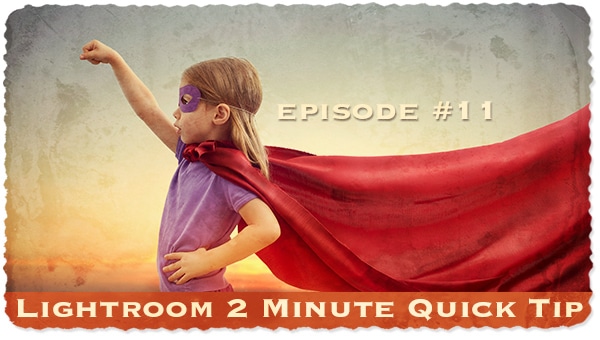4x Upscale in Lightroom Classics HIDDEN tool
Subscribe
I remember coming home from middle school, and my favorite snack was a glass of milk and Oreo cookies… mmm… I loved it. So, I thought, why not use them and jumper cables to prove that your digital camera is not sensitive to light, show you how ISO works, why digital noise appears in your image, and how to never fear using ISOs, like 25600, ever again.
NOT SENSITIVE
The biggest misconception about ISO is that your digital camera is sensitive to light… but not, and I'll prove it.
The confusion comes from the fact that ISO was carried over into the digital world from film, and in essence, they’re similar in that as you increase your ISO, your image gets brighter.
And the similarities end there. Well, there’s one more, and I’ll explain it in a moment.
With film, a gelatin emulsion is applied to a plastic strip with tiny grains of silver halide crystals mixed in.
When exposed to light, these crystals have a chemical reaction that burns the image into the film.
The size of the crystals affects the film’s sensitivity and is responsible for the grain you see in prints.
And that’s because the more significant the crystal, the more sensitive the film becomes.
But the crystals themselves are the grain you see, and when using a more sensitive film, since the crystals are more significant, the grain is also more prominent.
ISO
ISO was never related to the camera body but instead to the film.
This all changed with digital cameras since the film was replaced with electronic sensors.
And your digital camera is much more complex than film. Hence, milk, cookies, and jumper cables, oh my… hopefully, I don’t get electrocuted.
Now, for your digital camera, we have a sensor that is made up of millions of teeny-tiny transistors with a photodiode.
The photodiode represents one pixel that stores energy or the light it receives when you open the shutter, and this cup will represent one pixel.
So, as the cup fills with light or milk, your exposure is set based on how much the pixel is full.
So, to keep things simple, let’s say a full glass of milk represents a well-exposed image, and anything less means your image will be underexposed.
LIGHT
So, I started with a bright sunny day for this photo trip and was shooting at ISO 200.
Then, around an hour before sunset, storm clouds rolled in, and this is what I saw with ISO 200.
So, the light intensity wasn’t as strong; I only filled the pixel with around a quarter.
Since I couldn’t change the aperture or shutter speed for the image I wanted to create, I increased the ISO to make the available light brighter, which required ISO 1600.
But that doesn’t mean your sensor is sensitive even though it made the light brighter.
HOW DOES ISO WORK?
So, how does your camera make the available light brighter if it's not sensitive? I'm glad you asked.
Earlier, I mentioned that your pixel stores the “energy” or the light inside it.
To fill the pixel with more light, your digital camera has mini jumper cables or transmitters attached to each pixel that are controlled by the ISO setting.
When you increase the ISO, a volt is sent through the jumper cables to amplify the light.
The higher the ISO, the more it’s amplified.
So, a higher ISO equals more light. That’s the good news. The bad news is digital noise becomes more visible.
Now, I didn’t say that ISO creates noise… it only makes it more visible.
Confused? Digital noise, like grain in film, is always there… even at ISO 100.
The reason is due to several factors that cause the digital noise always to be present naturally.
Ok, here’s an image I shot at ISO 100, and teeny-tiny, grainy specs of gray are visible. That’s the digital noise.
But why is it more noticeable at higher ISOs?
Well, since the noise is already there when you amplify the light, the noise is amplified, too, which results in the noise multiplying and getting larger.
GET RID OF NOISE
Is it possible to minimize or completely get rid of the noise? Let's find out.
One question I get asked is if you could shoot at ISO 100 to minimize the noise and fix the exposure in post-production.
I created two images of this scene. The well-exposed image was shot at ISO 6400, and there’s a lot of digital noise.
The other image was shot at ISO 100, and if we double that a few times… 100-200-400-800-1600-3200-6400… we get six stops underexposed.
So, in Lightroom, the maximum Exposure I can do is five stops. So, I created a mask to push the exposure up another stop, and now the exposure matches the other image.
If we look closer, ‘s obvious ISO 100 made the digital noise worse.
How can you eliminate the digital noise, like I did for this image, and make it sharper?
Watch this video next, and I’ll share my secret weapon for getting clean and sharp photos with ISOs as high as 25,600.










